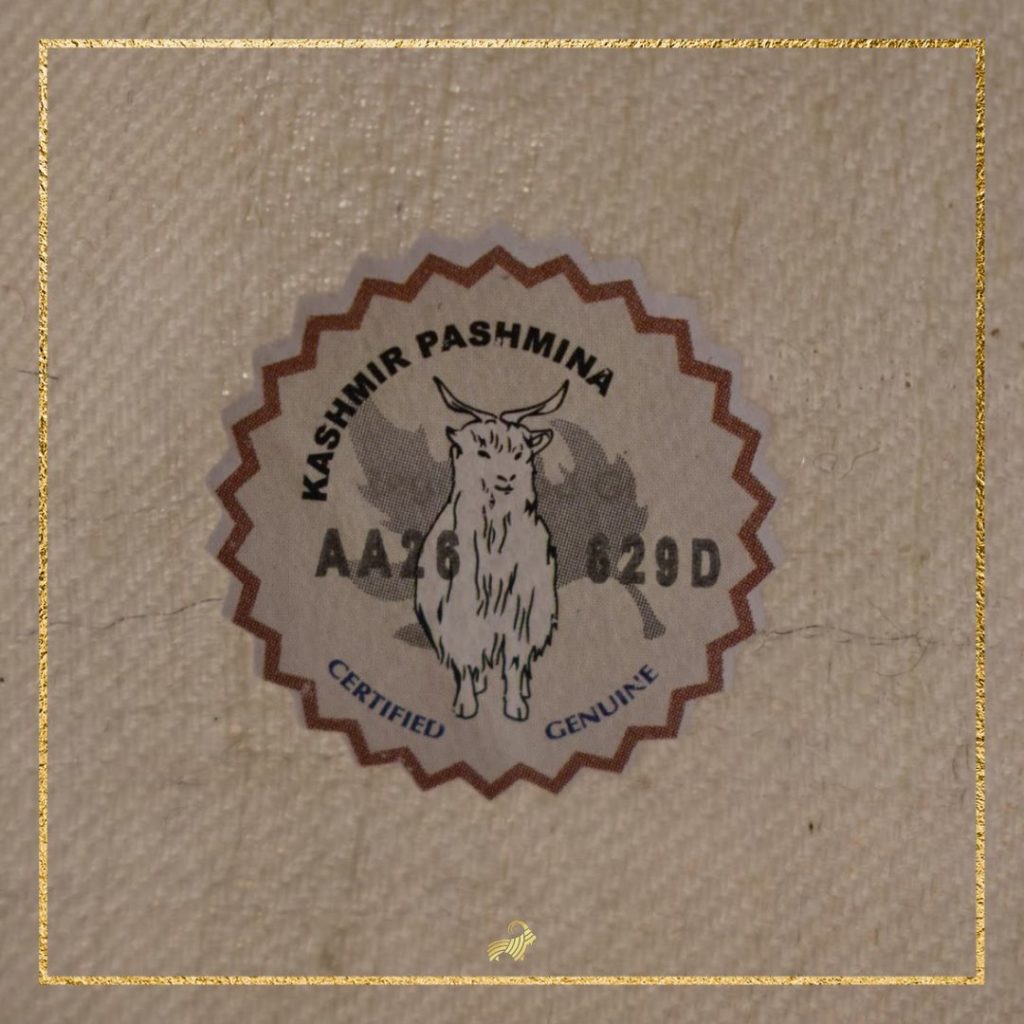A large number of communities entirely depend on some unique products that they produce. By selling these products, which are rare and non-pareil, these communities earn and become financially strong and independent. As a result, these products become interchangeable with cultural and geographical identity(GI); epitomizing the unique craftsmanship, community, and this particular civilization.
Earlier, there used to be this fear of others copying these rare products, and the originally producing community again suffered. This is when the Geographical indication came into existence. It served as a protection to the indigenous art forms of a nation and hence helped win them over the competition.
What is the Geographical Indication(GI)?

The Geographical Indication is a sign used on products that have a specific geographical origin. Hence they possess qualities or a reputation that are due to that origin. In order to possess a GI tag, a product must be originating from a specific place. In addition to this, the features, characteristics, and reputation that the product enjoys should be only because it originates from a particular place. Hence, there is an important link between the place and the product; the quality of the product depends upon the location.
Hence, the Geographical Indication shows the source of a product, acting as a seal of authentication. It is a certification that the product possesses certain qualities, and is made according to traditional methods. The product enjoys a superior reputation due to its geographical origin.
Importance of Geographical Indication
A lot of individuals across the globe find the geographical indication irrelevant. What they argue is that, if a product comes from a specific location, why have a GI tag? Why not simply tell the customer that it belongs to a specific place? But a counterargument to it according to experts is right. What others believe is that a product reaches the entire world. And sellers or producers do not have a reach to each and every customer across nations. Hence, a GI tag or stamp will be the easiest way to convey to a customer that the product he or she is buying, is the one they expected. It is pure, certified, and from the same place that they wanted.
Why use Geographical Indication of unique Produce?

- A Geographical indication helps the economy grow. Therefore, manufacturers and producers of these special products enjoy immense benefits. This leads to their individual prosperity.
- GI helps in the branding of traditional crafts and local produce. Consequently, it helps producers gain a competitive advantage in the global markets which are buyer driven
- The prosperity of the GI product promotes other non-GI products of this specific place. Hence it brings more attention to them. Thereby, the nation gets even better with the sale of GI products, as well as non-GI products which are worth the attention.
- A GI tag on a product improves its reputation in foreign markets. It makes customers abroad realize that the product has excellent quality. This rewards the producers with better incentives and in turn better returns for the nation
- A GI stamp or tag prevents unauthorized use. Hence, if a producer protects his produce with the help of GI, no one in the world can use these GI tags. If anything like this happens, the producer or seller, who is the owner of the GI tag, can initiate legal proceedings against the unauthorized use. This helps save their reputation and in turn the reputation of their product too from any damage.
- The GI protection of a product helps with business expansions. As this protected product spreads all over the world, it definitely gives rise to fresh business opportunities in other places. Furthermore, GI protection boosts exports and hence helps producers earn well and prosper.
- GI products represent their nation, which leads to an exhibition of each and every dimension of this nation. If luckily, the nation looks like a good travel destination, it might attract tourism as well.
Who issues the GI tag?
India enacted the Geographical Indications of Goods (Registration and Protection) Act, in 1999. Consequently, it came into force with effect from 15 September 2003. The act was authorized in India to comply with the Trade-Related Aspects of Intellectual Property Rights (TRIPS) agreement of the World Trade Organisation (WTO).
Controller General of Patents, Designs, and Trademarks of India (under the indirect influence of the Ministry of commerce and industry governs this act
In India, the Geographical Indications Registry gives GI tags in India. Its headquarters are in Chennai.
GI Pashmina from Kashmir

Pashmina shawl making in Kashmir has roots in the valley. Craftsmen and local artisans put into action some traditional and age-old techniques to prepare Pashmina shawls. These shawls have no competition in the world. Even after having counterparts all over the world, Kashmir Pashmina is worldwide the best Pashmina in the world. Therefore, it was Kashmir Pashmina that was considered to be registered under the Geographical Indication registry of India.
For the identification of a pure, authentic Kashmir Pashmina Shawl, a label has been developed by the Craft Development Institute (CDI), located in Srinagar. The label is non-imitable and non-removable. It consists of a numerical code that can be easily verified online (at http://www.kashmirpashmina.secure-ga.com/).
For passing a technical examination, which tests Pashmina shawls to be pure and made using traditional Kashmiri techniques, the shawls have to be
- Handspun
- Handwoven
- Made from fine Ladakhi Cashmere, whose diameter is less than 16 microns.
Also read: WHAT IS GI CERTIFIED PASHMINA?
Reason for registering Kashmiri Pashmina under the Geographical Indication:
Kashmiri Pashmina registered under GI for a number of reasons. Here are a few of them
- Secure the livelihood of local craftsmen as the majority of them are either underprivileged or widowed womenfolk.
- Promote the local handicraft department of Kashmir
- Identify original and authentic Pashmina of Kashmir, conveying their certification to the actual patrons of the pure art of Pashmina making.
- Making sure that customers do not fall prey to the fake and counterfeit products that are available in the market in large quantities.
Also read: WHAT IS THE POINT OF PASHMINA?